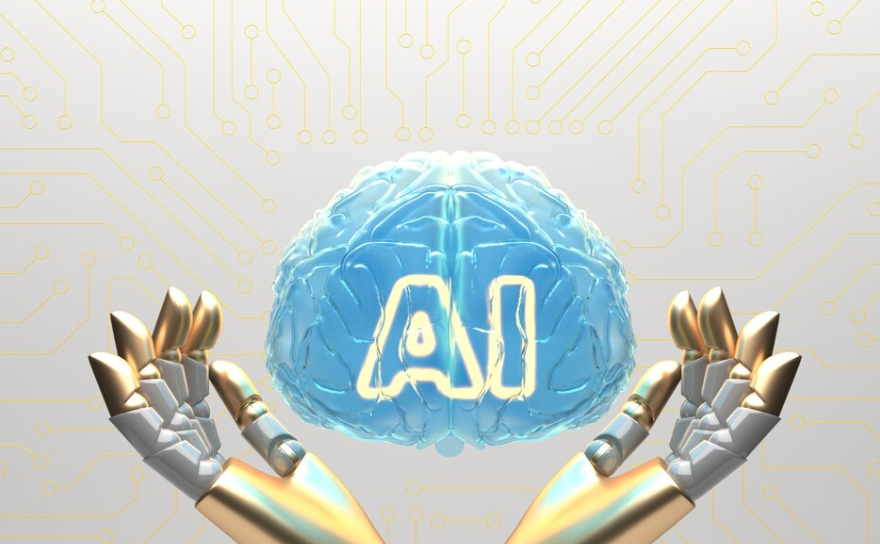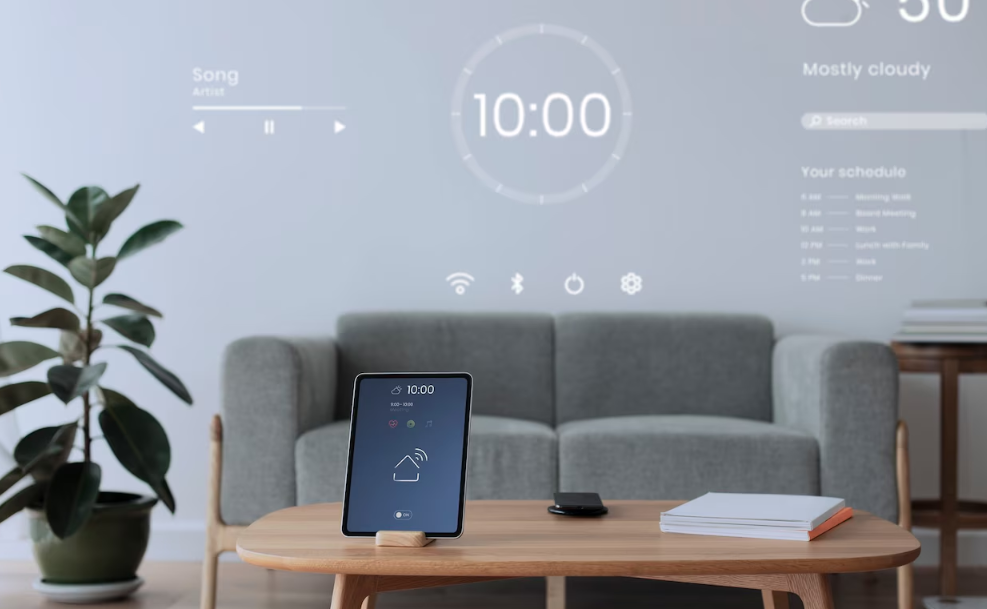The advent of medical robotics has sparked a revolution in healthcare, offering innovative solutions that promise to transform how surgeries are performed, how diagnoses are made, and how care is delivered. With robotic systems capable of performing complex surgeries, assisting in rehabilitation, and even automating administrative tasks, the idea of a future where robots play a central role in medicine is becoming more tangible. However, this transformative technology also raises a series of challenges, ethical questions, and concerns. This article delves into the complexities of medical robotics, exploring the potential and the hurdles that lie ahead.
What Is Medical Robotics?
Medical robotics involves the use of robotic systems to assist in medical procedures. These robots can be used for various purposes, including surgery, rehabilitation, diagnostics, and administrative tasks. They range from robotic arms used in minimally invasive surgeries to AI-driven systems that aid in diagnostic decision-making. The key benefits of these technologies include increased precision, enhanced patient outcomes, and the potential to reduce human error.
The Promises of Medical Robotics
🤖 Precision and Accuracy in Surgery
One of the most celebrated applications of medical robotics is in the field of surgery. Robotic surgical systems, such as the da Vinci Surgical System, allow surgeons to perform highly precise procedures with enhanced control and minimally invasive techniques. The advantages include:
- Minimized incisions, reducing the risk of infection and improving recovery times.
- Greater precision in complex surgeries, such as heart, brain, and cancer operations, leading to better outcomes.
- Reduced human error, as robots can follow predetermined instructions with greater accuracy than the human hand.
These technologies are revolutionizing surgery, allowing for complex procedures to be performed with a level of accuracy that would be difficult, if not impossible, for human surgeons.
🏥 Robotic Assistance in Rehabilitation
Medical robots are also making significant strides in rehabilitation therapy. Robots can help patients recover from strokes, spinal cord injuries, and other impairments by assisting with physical therapy exercises.
- Exoskeletons enable individuals with paralysis to regain mobility by supporting and assisting in their movements.
- Robotic physical therapy devices provide consistent, repeatable motions to help patients rebuild strength and regain motor function.
These innovations allow for more personalized, precise rehabilitation, reducing the dependency on human therapists while offering a more engaging and efficient recovery process.
🔬 Streamlining Diagnostics and Data Analysis
Robots and AI-driven systems can assist in diagnostics by analyzing medical data more quickly and accurately than human professionals. Medical robots can:
- Process imaging data (such as CT scans, MRIs, or X-rays) and identify abnormalities like tumors or fractures.
- Assist in personalized treatment plans by analyzing large sets of patient data, considering variables like genetics, lifestyle, and previous medical history.
This rapid data processing can lead to earlier diagnoses, faster treatments, and improved patient outcomes.
The Challenges of Medical Robotics
⚙️ Technical and Engineering Limitations
Despite the exciting potential of medical robots, several technical challenges remain:
- Complexity of Design: Designing robots that are not only accurate but also safe and adaptable to various medical environments is a huge challenge. Medical robots must be robust enough to handle the complexity of human anatomy and dynamic medical conditions while being user-friendly for healthcare providers.
- Limitations in Dexterity: While robotic systems can enhance precision, they still struggle with tasks that require the subtle dexterity of a human hand. Some procedures, particularly in complex or delicate areas like the brain or eyes, may still require human involvement to ensure the best outcome.
- High Costs: The development, installation, and maintenance of medical robotics are expensive, making these technologies less accessible, especially in low-resource settings. Hospitals must weigh the high upfront costs against the long-term benefits, and many institutions may struggle to justify the expense.
👨⚕️ The Role of Human Doctors: Can They Be Replaced?
While medical robots promise to reduce human error and enhance precision, they are unlikely to replace human doctors entirely. Medicine is not just about technical skill; it involves empathy, understanding, and the ability to make nuanced decisions in complex situations. Robots lack:
- Emotional intelligence: They cannot provide the comfort, support, or empathy that patients often need during their healthcare journeys.
- Human judgment: Medical decisions are often nuanced, requiring an understanding of a patient’s unique circumstances, preferences, and life story — something robots cannot replicate fully.
Furthermore, human oversight will always be necessary to interpret complex diagnostic data and make decisions in situations that require ethical judgment or subjective understanding.
🔒 Ethical and Privacy Concerns
As with any technology that collects and processes sensitive data, medical robotics raises significant ethical and privacy concerns:
- Data security: Patient data is critical in medical applications, and robotic systems that rely on AI and cloud computing may be vulnerable to data breaches, hacking, or misuse.
- Accountability: If a robot makes a mistake, who is liable? Is it the manufacturer, the healthcare provider, or the robot itself? Establishing clear accountability frameworks is essential as robotic systems become more autonomous.
Ethical considerations regarding patient consent, the potential for job displacement among healthcare workers, and the equitable distribution of robotic technologies in underserved areas also need to be addressed.
🏥 Integration into Existing Healthcare Systems
Integrating robotic systems into existing healthcare infrastructure is another major challenge. The transition from traditional medical practices to robot-assisted procedures requires:
- Training for healthcare providers, ensuring they are familiar with new technologies and can use them effectively and safely.
- Infrastructure upgrades: Hospitals may need to invest in new facilities, tools, or technologies to accommodate robotic systems, creating logistical and financial hurdles.
The Future of Medical Robotics: A Collaborative Approach
While medical robots are unlikely to replace doctors, the future of healthcare is likely to see a collaborative approach, where robots and humans work together to deliver better care. Robots can handle repetitive tasks, assist in complex procedures, and provide data-driven insights, while humans will continue to offer emotional support, make critical decisions, and perform tasks that require nuanced judgment.
The key will be to strike a balance where robots enhance the capabilities of healthcare providers without diminishing the importance of human empathy and decision-making.
Conclusion: A Transformative, Yet Human-Centered Future
Medical robotics is undeniably transforming healthcare, offering enhanced precision, more effective treatments, and new possibilities in patient care. However, the challenges — including technical limitations, ethical concerns, and the irreplaceable role of human doctors — mean that a future entirely devoid of human involvement is still a long way off.
Instead, the future of healthcare will likely be a hybrid model, where robots complement the work of doctors and other healthcare professionals, creating a more efficient, effective, and compassionate healthcare system.


